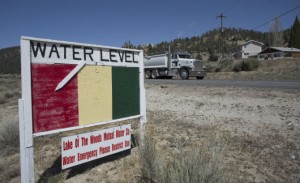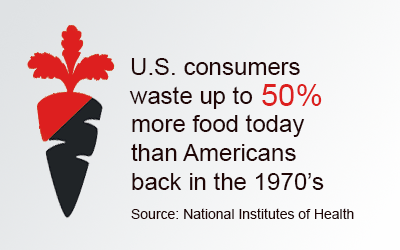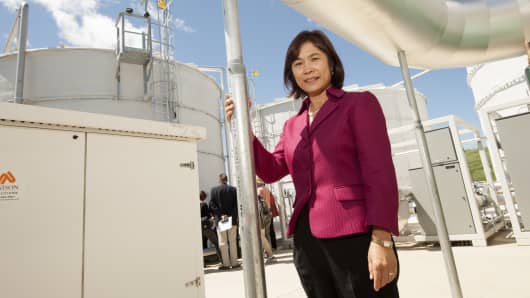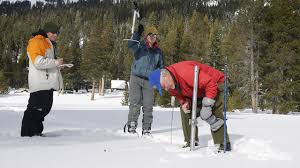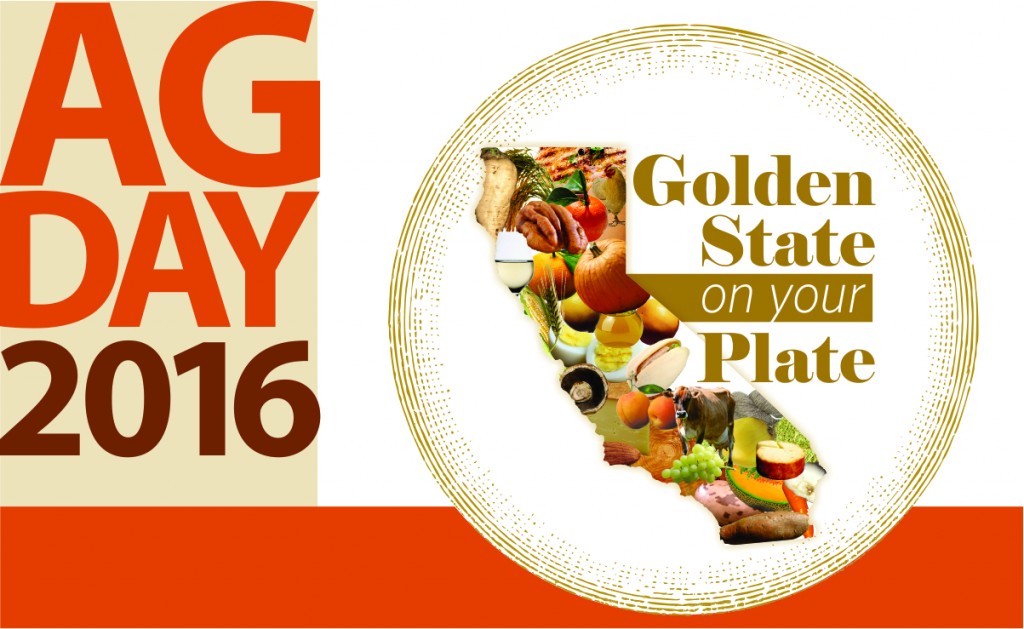By Louisa Burwood Taylor
Secretary Ross is speaking at next month’s World Agri-Tech Investment Summit in San Francisco and shares some of her thoughts about the agtech market.
Why are you attending the World Agri-Tech Investment Forum in San Francisco next month?
It’s an impressive group of people who are affiliated with the event. Technology and agriculture, especially in California, have always been necessary for each other. We’ve also seen so much interest from the investment community and others; I have never seen so many people with money discover agriculture as the new shiny object, especially in the past few years as we’ve been struggling with drought. Almost daily we are getting emails or calls from entrepreneurs with a great idea, but they’re not always well connected to the reality for farmers, who need to make decisions on an hourly basis. So I appreciate when people can come together and have the potential to network to get connected to that reality of what goes on at the farm.
What will you be speaking about?
I will be focusing on what we’re doing here in California regarding policy. I think we’re very progressive, and we certainly have very forward-thinking farmers here. So I will be talking about the policies we’re working on, specifically regarding climate change and what we’ve done to respond to the drought. I think in California we have done very well on many of our environmental issues specifically thinking about resources and the kinds of policies that give clear signals to the private sector that tech and innovation changes are needed to help us achieve our policy goals. I will talk about what we’re doing on climate change, climate-smart agriculture, the water use efficiency program, our dairy digester program, and our healthy soils initiative, and then the role of tech in all of those.
How does your department support agtech innovation?
For the first time, my department has dollars available to incentivize farmers for on-farm practices which are being made available under the state government’s proposed budget. Specifically, we have funds available for improving efficiency in water use, and we’ve already invested almost $20 million into 233 projects of this nature. It is interesting the mix of people who are converting their irrigation systems to drip or subsurface drip using sensor technology to improve the precision of their irrigation scheduling and incorporating evapotranspiration modeling to further improve efficiency.
The range and variety of California’s crop mix means that there is no single solution, so we are seeing farmers and researchers and app designers and a whole host of other innovators work together to design tailor-made solutions from drip tape all the way to fully automated, sensor-driven systems that can be run remotely from a farmer’s cell phone or tablet.
We also have funds for dairy digester projects and began funding digesters in 2014. This segment is in line for a significant increase in investment because of our need to address methane as a priority pollutant. What we’re hoping to signal there is the need for anaerobic digesters that can generate low-carbon transportation fuel. There are offsets available for that in California which could be significant. We need more development of that technology in the state and technology to help us quantify what true reduction in greenhouse gas emissions comes from healthy soils, which hopefully our healthy soil program will be funded to help.
Our healthy soils initiative is driven by science; we know that increased carbon in soils gives us benefits ranging from increased water-holding capacity, increased crop yields and decreased sediment erosion. The California department of food and agriculture(CDFA) is coordinating this initiative, and our goal is to do the research, the education, and the ground work to get to real-world, on-farm practices that protect and restore soil organic matter.
Which technologies are you and your team most excited about?
I have to start with the dairy digester. We have two million cows in the state creating significant methane challenges. The ability for dairy digester technology and waste management to provide an additional revenue stream for the dairy farmer is significant, as well as improving environmental conditions. We’re very excited about this technology especially as we’re seeing very promising numbers around the production of low carbon fuel for transport.
On the water front, we have a combination need of low tech and high tech. On the low-tech side, we really need the infrastructure and technological support to work with farmers who come in all shapes and sizes. There are 80,000 farms in California and on some, English is not the first language, so how do we bring them all up to speed to use precision irrigation technology? And how do we help them understand how to maintain drip lines or use the right pump size and so on?
Once it is up-and-running on the farm, all of this new machinery is going to generate a steady flow of data that is much more refined than what we’ve had in the past, so our farmers are also going to need high-tech tools, apps and innovations we haven’t even thought of yet to monitor, quantify, verify, optimize and compare those results.
I have also been on some roundtables and panels talking about the opportunity to lower the cost and improve the efficiency of wastewater treatment so that manufactured water can be reused again and again. The first approach to improving water efficiency is that we all have to have a conservation ethic.
What regulatory challenges do you see cropping up for agtech startups?
Obviously, when we think about the future, we think about climate change, drought, and water salinity conditions. Plant breeding is critical, but there are already existing regulatory challenges if you have a solution that involves genetic modification. You have two challenges: getting through the federal regulatory system in a timely manner, and the pushback and reluctance of the population not to accept GM as a solution; that’s really frightening to me. Part of it is that I want to preserve choices for consumers, but also choices for farmers to have marketing channels. We’ve got to come to grips with this without making it an either-or situation; it shouldn’t be framed that way. Secretary Vilsack is trying to bring people together for coexistence, but I am worried about how it will play out.
It’s also very challenging to have a new disruptive technology when the federal government structure and statutory charges and regulations do not respond the way markets move, which is much faster. I think that’s an issue all across government; it’s regulating for the 20th century, but needs to be more forward-thinking. In California, we have helped to make some significant changes, and it’s been a combination of sending policy signals to the federal government. Coming from a state with a lot of consumers really helps us.
Our farmers lead in terms of growing crops and feeding people, but our consumers — 38 million of them and counting — tend to lead by example as well. Trends start here, like the ongoing wave of interest in food and where it comes from and how it is grown and new ways to prepare and serve it. Our proximity to such a huge consumer base means California’s farmers and ranchers aren’t just leaders in terms of agricultural production — we are also in the best position to understand our consumers. They expect us to be innovators whether that means irrigation technology, or new crop varieties, or being responsive to global markets, or making sure our regulatory framework remains adaptable to this dynamic industry.
Link to article



